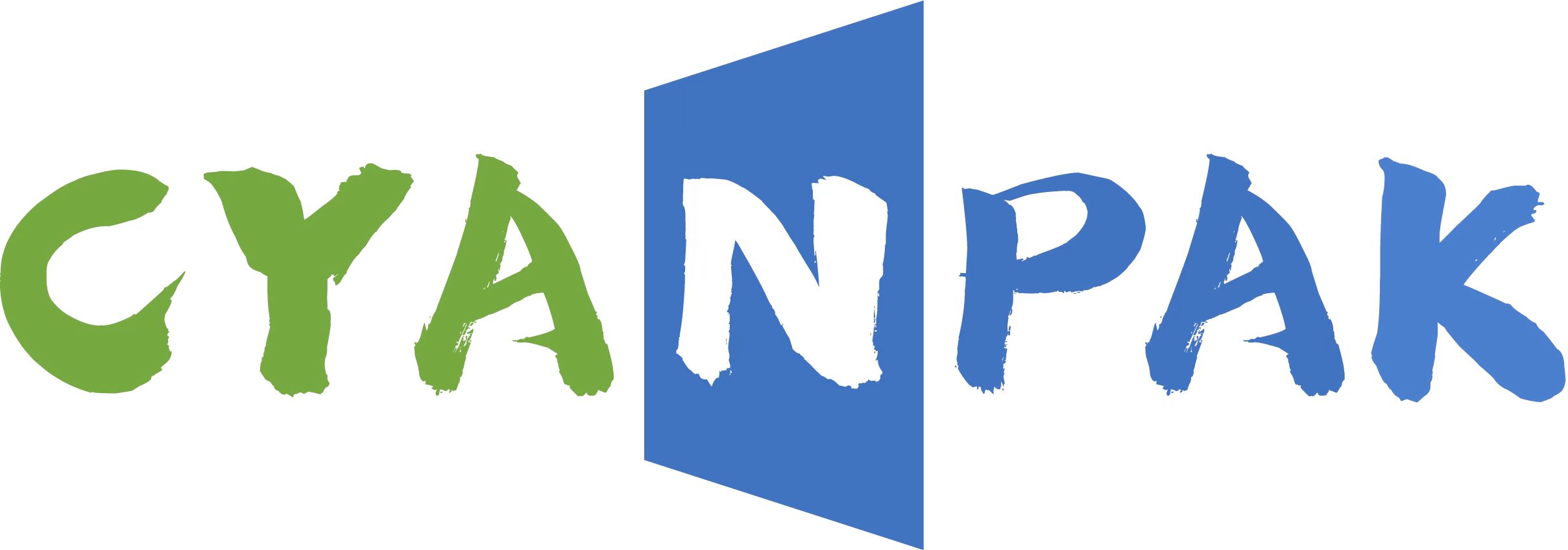

In order to keep the unique flavors and fragrances of their coffee before it reaches the consumer, speciality coffee roasters must maintain freshness.
However, due to environmental variables like oxygen, light, and moisture, coffee will quickly start losing its freshness after roasting.
Thankfully, roasters have a variety of packaging solutions at their disposal to shield their products from exposure to these outside forces. Resealable zippers and degassing valves are two of the most popular. It is crucial for speciality coffee roasters to take all possible measures to guarantee that these properties have been maintained up until the coffee is brewed. It will not only make sure that your coffee is being enjoyed to the fullest, but it will also make it more likely that customers will come back for more.
A 2019 National Coffee Day survey found that more than 50% of consumers place freshness above taste profile and caffeine content when making their coffee bean selection.
Degassing Valves: Maintaining Freshness
The substitution of oxygen for carbon dioxide (CO2) is one of the main factors contributing to coffee losing its freshness.
A study that was published in the Journal of Agricultural and Food Chemistry states that CO2 is a significant freshness indicator, is crucial for packaging and shelf life, affects coffee extraction when brewed, and may even have an impact on the sensory profile of a coffee.
Coffee beans grow in size by 40–60% during roasting as a result of CO2 buildup in the beans. This CO2 is then steadily released over the next days, peaking after a few days. The coffee will lose its freshness if it is exposed to oxygen during this period because it will replace the CO2 and affect the compounds in the coffee.
A one-way vent known as a degassing valve lets CO2 leave the bag without letting oxygen in. The valves function when pressure from inside the packing lifts the seal, enabling CO2 to leave, but the seal blocks the inlet of oxygen when the valve is attempted to be used for oxygen.

Usually found on the inside of coffee packaging, they have tiny holes on the outside to let CO2 escape. This offers a pleasing appearance that can be used to smell the coffee before buying it.
A degassing valve on the package may not be required if roasters anticipate that their coffee would be consumed within a week of roasting. A degassing valve is suggested, though, unless you're giving out samples or little amounts of coffee.Without a degassing valve, the flavors of the coffee lose their freshness or develop a distinct metallic taste.
Utilizing Resealable Zippers to Preserve Freshness

Coffee sachets with resealable zippers are an easy but efficient way to keep the product fresh and give customers convenience.
A resealable option, according to 10% of respondents in a recent consumer poll on flexible packaging, is "absolutely vital," while a third said it was "very significant."
A resealable zipper is a protruding piece of material that slides into a track on the back of coffee packaging, especially stand-up pouches. To keep the zipper from opening, interlocking plastic pieces create friction as they snap into place.
By limiting oxygen exposure and maintaining the container's airtightness after opening, they assist in extending the shelf life of coffee. Zippers make products easier to use and less likely to spill, giving consumers more value overall.
Specialty coffee roasters must take steps to minimize waste wherever possible as consumers' awareness of the environmental impact of their purchasing decisions grows. Use of pouches with resealable zippers is a useful and affordable method for achieving this.
Resealable zippers can minimize extra packaging solutions and highlight your ecological efforts to your clients while degassing valves retain the sensory qualities and integrity of your coffee.
While conventional coffee packing valves have three layers, CYANPAK's BPA-free degassing valves have five layers in order to offer additional oxidation protection: a cap, an elastic disc, a viscous layer, a polyethylene plate, and a paper filter. By being completely recyclable, our valves demonstrate your commitment to sustainability.
For a variety of alternatives to keep your coffee fresh, CYANPAK also provides ziplocks, velcro zippers, tin ties, and tear notches. Customers can be reassured that your package is tamper-free and as fresh as possible by tear notches and Velcro zippers, which provide auditory assurance of a secure closing. Our flat bottom pouches may work best with tin ties to maintain the structural integrity of the packaging.
Post time: Nov-24-2022

